By Dimuthu Attanayake
For a week, seven-year-old Nathushika suffered from diarrhoea, vomiting, and a high fever. Her mother, Easwary, was baffled by her daughter’s sudden illness, as no one else in the household was sick and Nathushika had not eaten any outside food.
At the time, Easwary did not realise that her daughter, like many others in their flood-stricken community, had unknowingly been exposed to waterborne disease.
It was the monsoon season in the Eastern province of Sri Lanka, where Nathushika and her family lived. In late November, a cyclonic storm developed off the country’s northeastern coast and by mid-December, floods had killed 16 people and displaced close to 50,000 – affecting almost half a million Sri Lankans in total.
Scientists say climate change is driving these increasingly severe storms and erratic monsoons, turning once-predictable weather patterns into disasters that spread waterborne diseases.
When floodwaters rise, diseases follow, viruses and other pathogens spread through contaminated water and food, said Dr Thilanga Ruwanpathirana, a consultant epidemiologist at the Ministry of Health.
“Children are [the most vulnerable] group, because they are also playing in floodwater” – Dr Thilanga Ruwanpathirana, consultant to Ministry of Health
Pregnant women, the elderly, those with chronic diseases, and children are at the greatest risk during such outbreaks, he added.
“Children are [the most vulnerable] group, because they are also playing in floodwater,” Ruwanpathirana told This Week in Asia.
When a disease spreads among children, it can easily infect other children, leading to clusters of cases, said Dr Lahiru Kodithuwakku, a public health specialist working in the intersection of climate-related disasters and diseases.
“[Children interact] at close quarters, and they are in touch with each other, so the spread can happen very fast,” he said. Extreme weather events increase the magnitude and frequency of such disease outbreaks.
While cyclones are common in the Indian Ocean region, experts say climate change has made rainfall and cyclones more unpredictable and intense.
Roxy Mathew Koll, a senior scientist from the Indian Institute for Tropical Meteorology, said that as ocean waters warm, the increased heat and moisture intensifies weather systems.
“The monsoon that sources its energy and moisture from the Indian Ocean has become more erratic, and more extremely severe cyclones are projected to form in the future,” Knoll said.
Sri Lanka repeatedly experienced disastrous floods last year: in June, October, November and December.
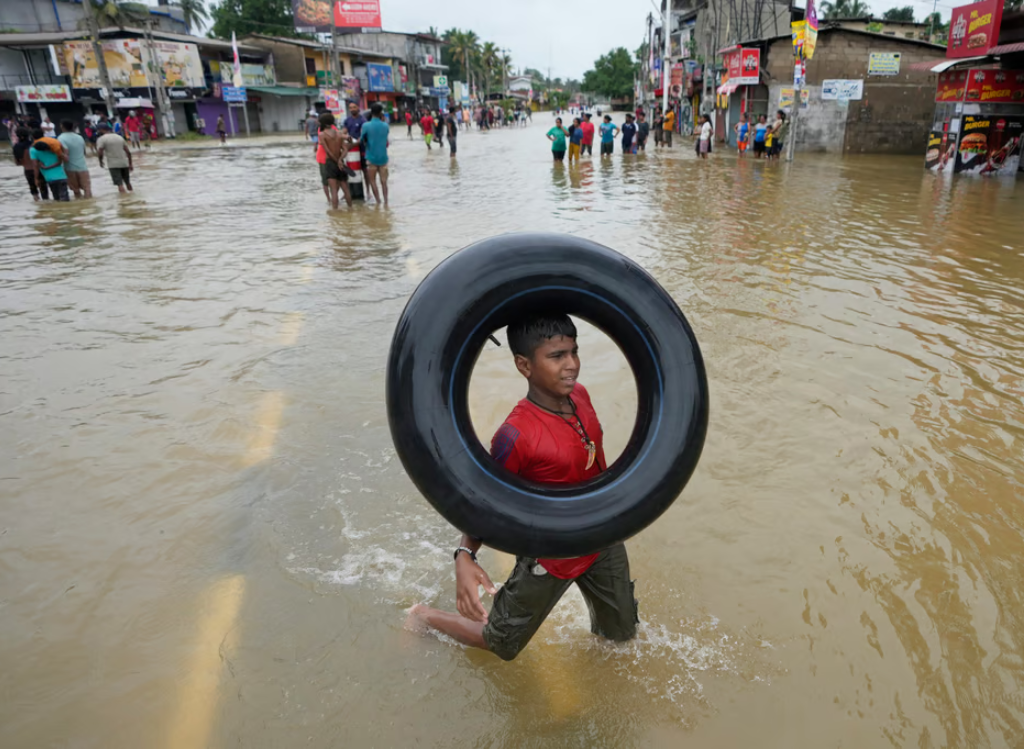
As seasonal weather patterns change, with more intense rains appearing outside monsoon periods, it challenges the ability to predict disease outbreaks, Kodithuwakku said.
Contaminated water sources and puddles provide ideal conditions for the spread of waterborne diseases such as leptospirosis and vector-borne diseases like dengue, which is transmitted by mosquitoes.
Whenever there is contact with muddy water, if there are abrasions or scratches on exposed areas of the skin, the risk of leptospirosis increases, Kodithuwakku noted.
These diseases can have common symptoms, such as high fever, joint aches and diarrhoea. “There can be abdominal pain, there can be loose stools,” Kodithuwakku said.
According to Dr Thushani Dabarera, a consultant epidemiologist from the Ministry of Health, leptospirosis spikes during monsoons, with nearly 12,000 cases in 2024, more than double the 2015 figure.
This has long term health effects, Dr Dabarera said, such as liver and kidney diseases.
Many diarrheal diseases are caused by viruses, and conditions like hepatitis and typhoid can also present the same symptoms, along with bacterial infections such as salmonella, according to Dr Ruwanpathirana.
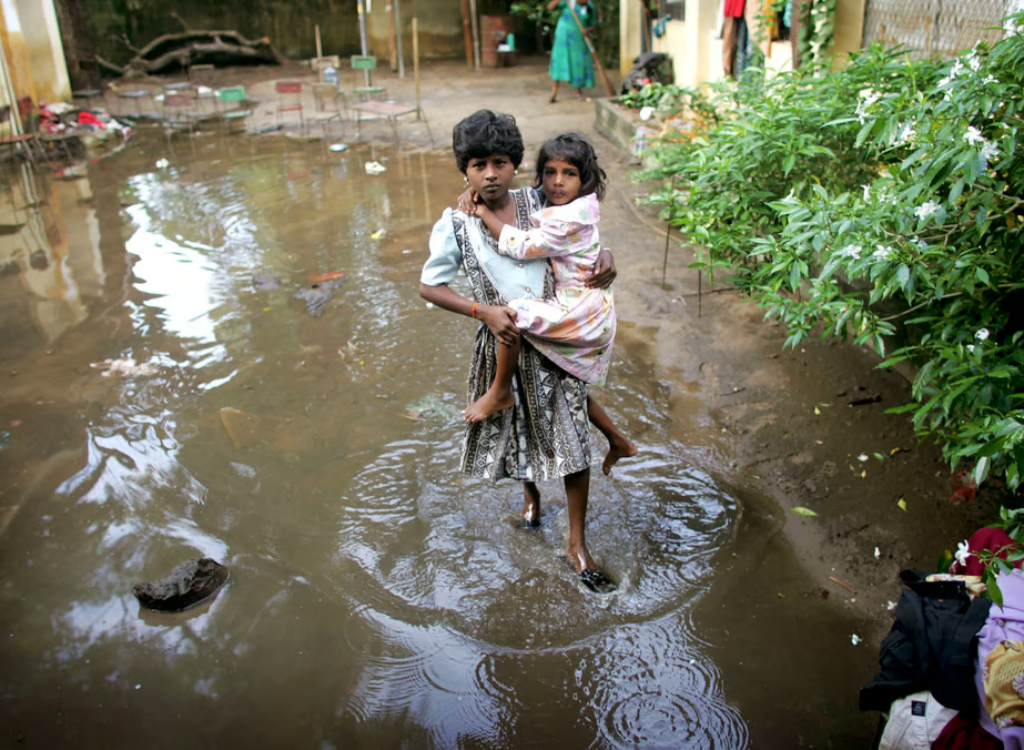
These trends were seen more recently in the east coast of Sri Lanka from late November, as floods came and receded, and the sporadic rains continued. In early December, several roads and bridges were flooded, rendering parts of Batticaloa city and its surroundings inaccessible.
There were “a lot” of children with diarrhoea during the flood, and every time it rains, a few more come in, said a medical officer from the area who did not wish to be named.
Some children experienced stomach pains, but the doctor diagnosed them with dengue fever. Dengue spreads quickly after rain and flooding and was the most reported notifiable disease in Sri Lanka last year, with nearly 47,000 cases as of November 2024.
Drinking water without boiling is the number one “culprit” in spreading diarrhoea, Ruwanpathirana said. Consuming uncooked food, or food exposed to “mechanical vectors” such as flies and mosquitoes, can also spread these diseases.
Wells that are not cleaned, and chlorinated after the floods, can also increase the risk of infection, Ruwanpathirana added.
“[If the] toilet is under the water, then a toilet [located] on a higher ground has to be used, because otherwise it will contaminate the water sources and everything.”
As the weather becomes more erratic, larger disease outbreaks will exert a greater burden on the health system, so it is about managing the situation with the available resources, Kodithuwakku said.
*Dimuthu Attanayake is an independent journalist and a researcher from Sri Lanka, covering business, tech, social issues, and environment. She was one of the 12 international journalists shortlisted for Thomson Foundation’s Young Journalist Award in 2018. Previously, she worked as a big data researcher for LIRNEasia, and has also served as a Business Adviser for an Australian aid programme. The article was first published on the South China Morning Post.
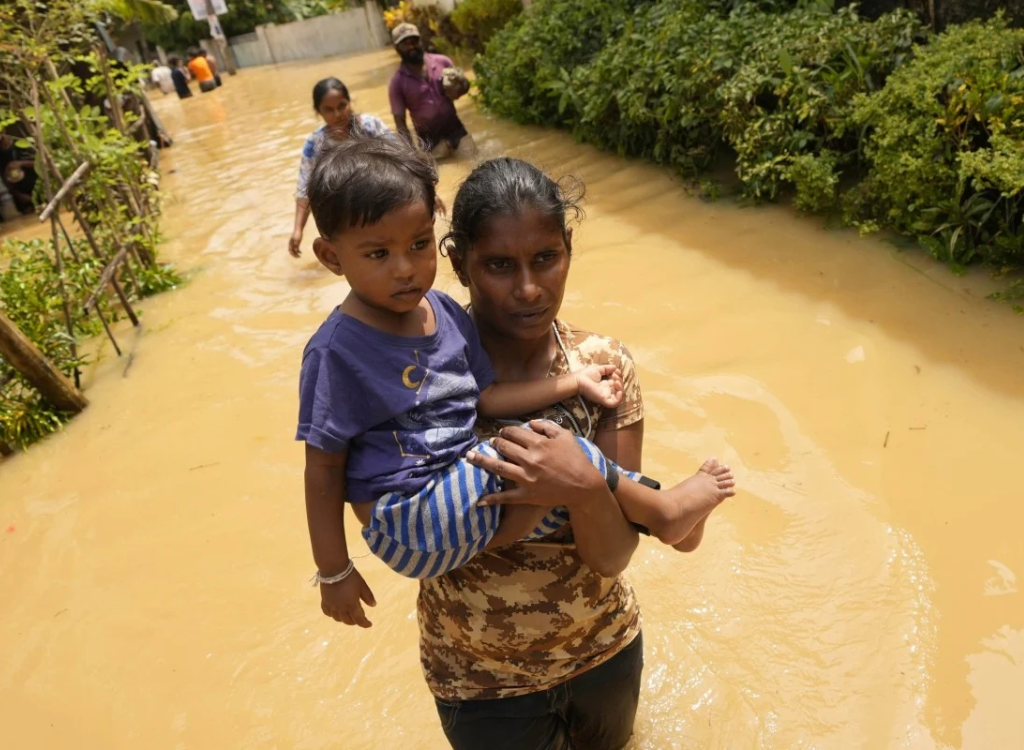

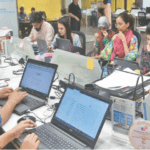
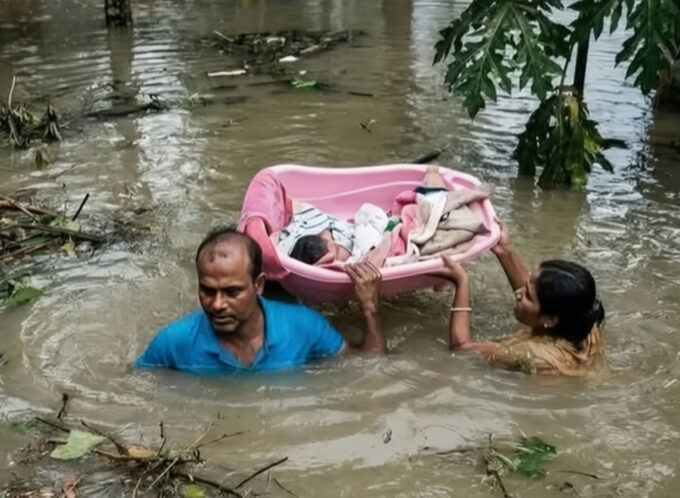
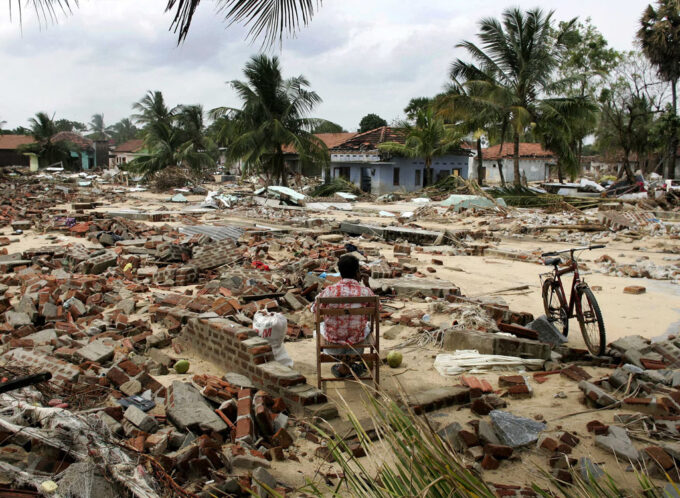
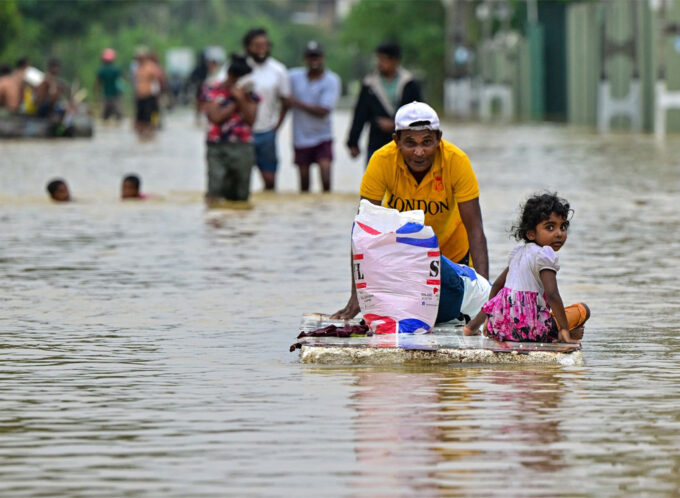
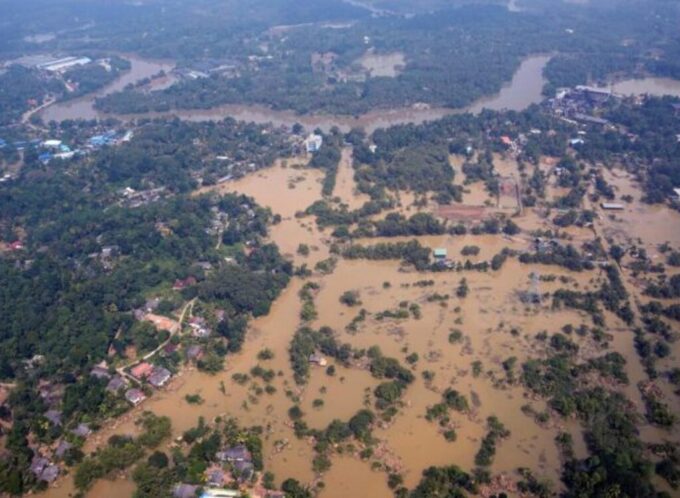

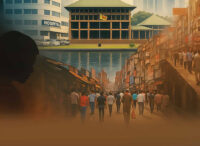


Leave a comment